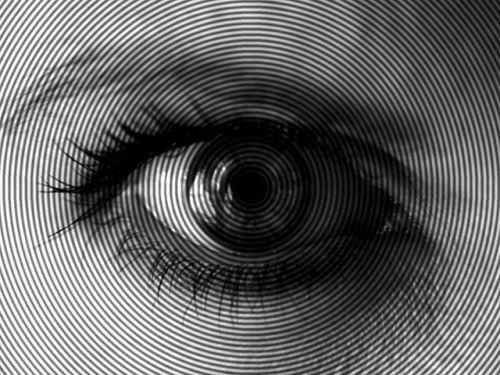What is Keratoconus?

Keratoconus is a non-inflammatory disorder of the eye where the cornea bulges outward like a cone. Thinning and bulging of cornea may result in blurring of vision and make the eye more sensitive to light. This disorder is seen in both the eyes and is common in people from 10-years-old to 25-years-old. The condition may progress over the next few years. Vision problems during the early stages of the condition can be corrected using soft contact lenses or eyeglasses.
Keratoconus is caused by weakening of the collagen fibers that hold cornea in its place. Weakened fibers are unable to hold the cornea, which gradually bulges out. This eye condition is found to run in families. People with certain medical conditions have an increased risk of developing keratoconus. Chronic rubbing of the eye may also lead to keratoconus. But in many cases, it may be difficult to pinpoint an exact reason for the start of the condition. The changes in cornea may happen all on a sudden or gradually over a period of several years. Moreover, the changes may stop suddenly or persist for more than 10 years. In most cases, both the eyes may not be affected to the same extent and the symptoms are noticed in one eye before it starts appearing in the other.
The symptoms of this condition may change with the progress of the disease, and these symptoms include:
- Distorted vision
- Blurred vision
- Increased sensitivity to bright light
- Changes in prescription for glasses
- Clouding or vision
Sudden changes in eyesight should be brought to the attention of a doctor, particularly if you have astigmatism.
The bulging of the cornea may affect vision which may be corrected with glasses or contact lenses. For severe conditions, a corneal transplant may be recommended. People with Keratoconus should not opt for laser vision correction surgery or LASIK. The continuous changes in the vision may lead to anxiety.
The first treatment option for Keratoconus is the use of eyeglasses. Contact lenses are recommended if the vision is not corrected with glasses.
A number of new technologies are now available to treat the condition, including:
- High-frequency radio energy is used to change the shape of cornea so as to make the contact lenses more effective.
- Corneal implants also help to correct the changes in the shape of cornea so that vision can be improved with the use of lenses.
- Reshaping the cornea after cross linking is also being tested to improve the condition.


![[Infographic] 7 Causes of Eye Twitching](https://www.findatopdoc.com/var/fatd/storage/images/_aliases/small_square/top-videos-and-slideshows/eye-twitches/665801-1-eng-US/Eye-Twitches.png)










